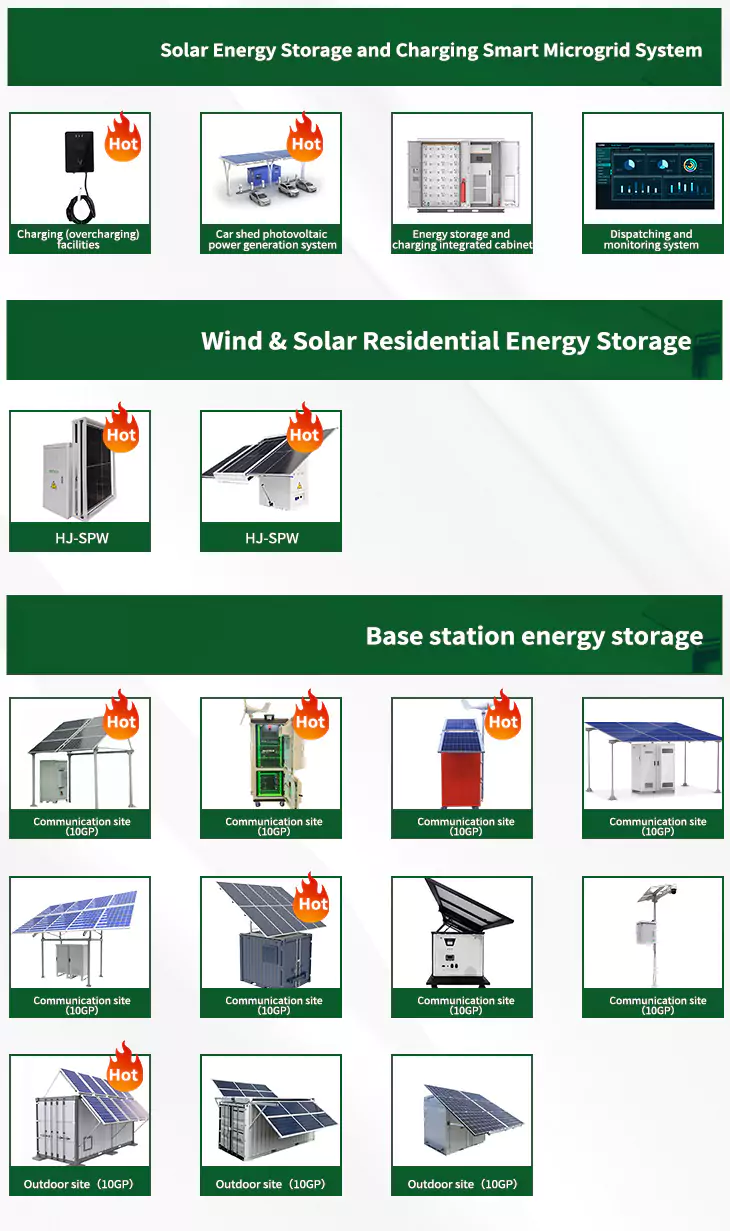About Oxygen-deficient solar power generation
Here we present the successful scaling of a thermally integrated photoelectrochemical device—utilizing concentrated solar irradiation—to a kW-scale pilot plant capable of co-generation of .
Here we present the successful scaling of a thermally integrated photoelectrochemical device—utilizing concentrated solar irradiation—to a kW-scale pilot plant capable of co-generation of .
Herein, we fabricated heterostructure consist of oxygen-deficient WO3–x nanorods with Zn0.3Cd0.7S nanoparticles for an efficient Z-Scheme photocatalytic system.
Water-electrolysis-based solar methanol production serves as a flexible load to use surplus solar power, and the pure oxygen from water electrolysis is used in the natural gas combined cycle (NGCC) flexible power generation to supplement solar deficits and produce high-purity methanol feedstocks.
Here, we present oxygen-deficient black ZrO2−x as a new material for sunlight absorption with a low band gap around ~1.5 eV, via a controlled magnesiothermic reduction in 5% H2/Ar from white .
The black TiO 2 nanostructures exhibit a high solar-driven hydrogen generation rate (56.7 mmol h –1 g –1) under the full spectrum of solar light, which is nearly 2.5 times than that of pristine TiO 2 nanostructures and superior to those kinds of black TiO 2 photocatalytic materials reported previously. KEYWORDS:
As the photovoltaic (PV) industry continues to evolve, advancements in Oxygen-deficient solar power generation have become critical to optimizing the utilization of renewable energy sources. From innovative battery technologies to intelligent energy management systems, these solutions are transforming the way we store and distribute solar-generated electricity.
When you're looking for the latest and most efficient Oxygen-deficient solar power generation for your PV project, our website offers a comprehensive selection of cutting-edge products designed to meet your specific requirements. Whether you're a renewable energy developer, utility company, or commercial enterprise looking to reduce your carbon footprint, we have the solutions to help you harness the full potential of solar energy.
By interacting with our online customer service, you'll gain a deep understanding of the various Oxygen-deficient solar power generation featured in our extensive catalog, such as high-efficiency storage batteries and intelligent energy management systems, and how they work together to provide a stable and reliable power supply for your PV projects.
6 FAQs about [Oxygen-deficient solar power generation]
How can oxygen deficiency be adjusted?
The oxygen deficiency in the film can be adjusted by controlling the partial pressure of O 2 and laser power density. For instance, Leichtweiss et al. [ 86] prepared oxygen-deficient titanium oxide films with an average composition of TiO 1.6 by PLD at room temperature, which presented high efficiency for the water-splitting reaction.
Does oxygen deficiency affect photo-generated charge carrier recombination?
For our oxygen-deficient WO 3–x /Zn 0.3 Cd 0.7 S Z-scheme system, the photo-generated holes tend to be present in the VB WO 3–x, while the electrons in the conduction band of WO 3–x combine with the holes of Zn 0.3 Cd 0.7 S through the interface contact. As a result, the photo-generated charge carrier recombination can be significantly decreased.
Can metal oxides be used for hydrogen production using concentrated solar energy?
Abanades, S. Metal oxides applied to thermochemical water-splitting for hydrogen production using concentrated solar energy. Chem. Eng. 2019, 3, 63, DOI: 10.3390/chemengineering3030063 Linic, S.; Christopher, P.; Ingram, D. B. Plasmonic-metal nanostructures for efficient conversion of solar to chemical energy. Nat.
How does solar energy affect hydrogen production?
Hydrogen production relies on the presence of electrical power at the input of the electrolyzer, which is contingent upon the availability of solar radiation. To maximize the solar energy supplied to the load, the availability of solar radiation should match the PV generation.
What are the challenges faced by solar-to-hydrogen conversion?
Key challenges to overcome include relatively low solar-to-hydrogen conversion efficiencies (typically under 5%), and the high costs and photo-assisted corrosion of the covalently bonded semiconducting photoelectrodes that support higher conversion efficiencies.
Do solar irradiance and system size affect hydrogen production?
Overall, it has been proven that solar irradiance and system size played an effective role in delivering the maximum amount of hydrogen generated by the electrolyzer. Another study was carried out in to find the optimal size of the PV-EL systems aiming to obtain the maximum hydrogen production.
Related Contents
- How to build oxygen-deficient solar power generation
- Oxygen-deficient solar power generation
- Household solar power generation grid connection
- Does solar photovoltaic power generation have a magnetic field
- Wufeng Solar Photovoltaic Power Generation Solution
- Tongwei Solar Power Generation System
- Diy solar thermal power generation
- Solar power generation maintenance fee
- Rural solar power generation for civil use
- Solar Power Generation System Training Report
- Solar power generation system products
- Solar power generation layout


